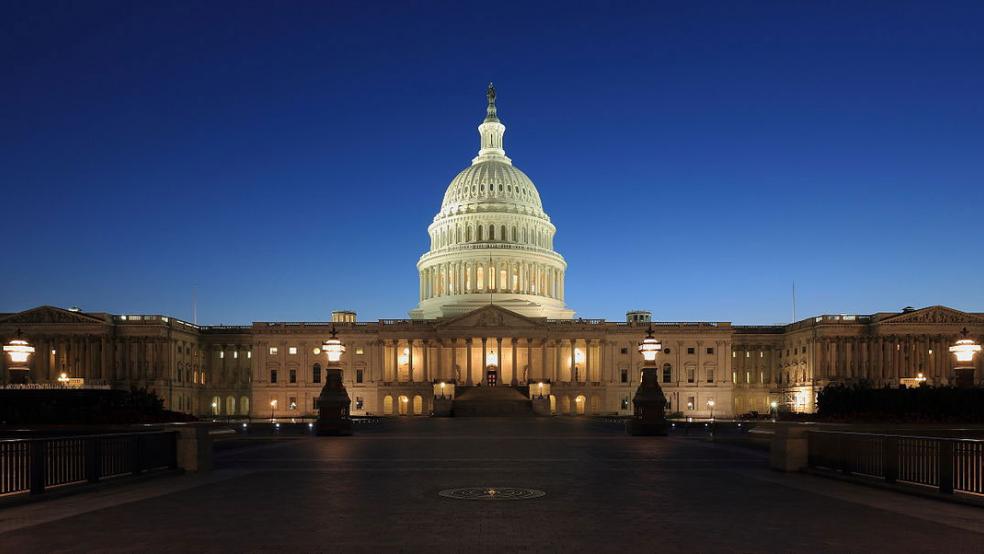The roughly $2 trillion bill the House passed Friday will almost certainly be reshaped in the coming days and weeks, and the final product could end up being significantly different than the document the lower chamber is sending to the Senate. But it’s still worth highlighting some key elements of the House bill, if only because it will serve as a starting point for Senate Democrats to work on — and many of the provisions may survive intact after all is said and done.
First, a quick review of the topline numbers. You may see different tallies being reported due to different interpretations about how the spending, tax credit and revenue provisions will play out. Here’s an overview of the basics:
* $1.68 trillion: the total increase in federal spending over 10 years, according to the Congressional Budget Office, without subtracting offsets;
* $367 billion: the net increase in spending after offsets, according to the CBO, which for technical reasons did not include revenue increases from more stringent IRS enforcement;
* $160 billion: the net increase in deficit spending, including the CBO’s unofficial estimate of revenues produced by increased IRS enforcement;
* $113 billion: surplus revenue from the bill over 10 years (and thus a reduction in the deficit) according to more optimistic estimates from the White House on how much revenue enhanced IRS enforcement could produce.
In terms of revenue, the bill would increase tax revenues from corporations by $830 billion over 10 years, according to estimates from the Committee for a Responsible Federal Budget, with provisions including a 15% minimum corporate income tax that applies to both domestic and foreign earnings, and a 1% tax on stock buybacks. Taxes on wealthy individuals would produce an estimated $640 billion, and include a surtax of 5% on individual incomes over $10 million per year, bumped up by another 3% for those over $25 million, and an expansion of the net investment tax.
Digging into the specific programs, here’s what’s actually in the bill:
Climate change: Climate-related programs would receive about $555 billion in funding, the largest single area of focus in the bill. A big chunk of that, $320 billion, comes in the form of tax credits intended to encourage businesses and individuals to purchase solar panels and electric cars, and to improve energy-use efficiency in buildings. The bill would also provide incentives for businesses to manufacture green energy technologies, and create a Civilian Climate Corps to provide jobs to 300,000 people, with a focus on forest and wetland restoration.
Universal pre-K: The bill would provide $400 billion for states to create or enhance universal pre-kindergarten for all three- and four-year-old children.
Child tax credits: The pandemic-era program providing enhanced and fully refundable child tax credits would be extended by one year, at a cost of $200 billion. And refundability, which enables the IRS to provide payments to families who fall short of income reporting requirements, would become permanent.
Paid leave: The House bill would create a new program to provide four weeks of paid family and medical leave, beginning in 2024 at a cost of $200 billion. This may not survive Senate revisions.
Enhanced health care: The bill would provide $165 billion to reduce Obamacare premiums and expand Medicare coverage to include hearing benefits. It would also set price limits on some drugs covered by Medicare and cap the cost of insulin at $35 per month starting in 2023.
Home care: In-home health care through Medicaid would receive $150 billion in funding.
Affordable housing: Democrats want to fund the construction of more than 1 million new homes for buyers and renters, at a cost of $150 billion.
The bill also includes an increase in the cap on the federal deduction for state and local taxes, lifting it from the current $10,000 to $80,000 until 2030, after which it would revert to the lower level. Amid widespread concerns that cap increase would provide an enormous tax break for high-income households, this provision is expected to be revised in the Senate to limit its use by wealthy taxpayers.


